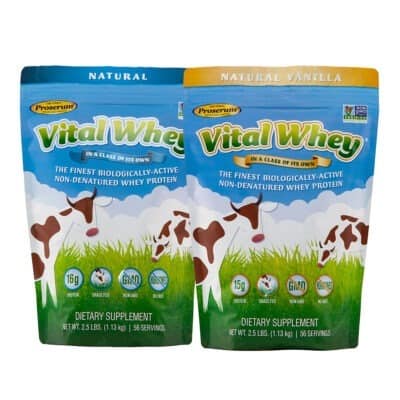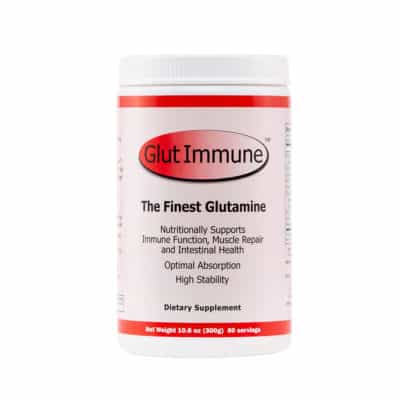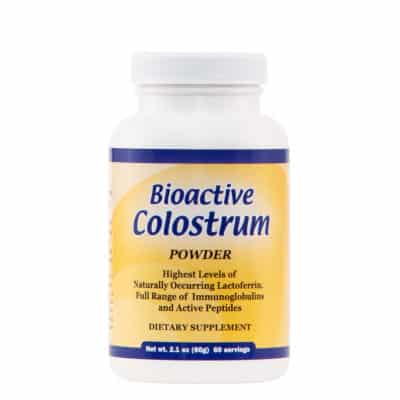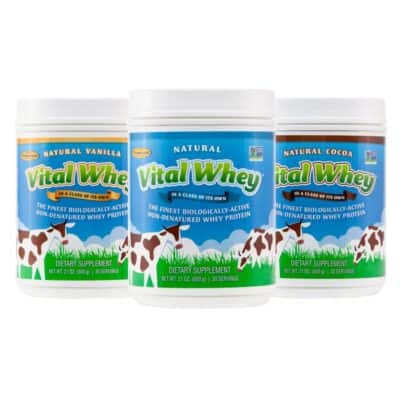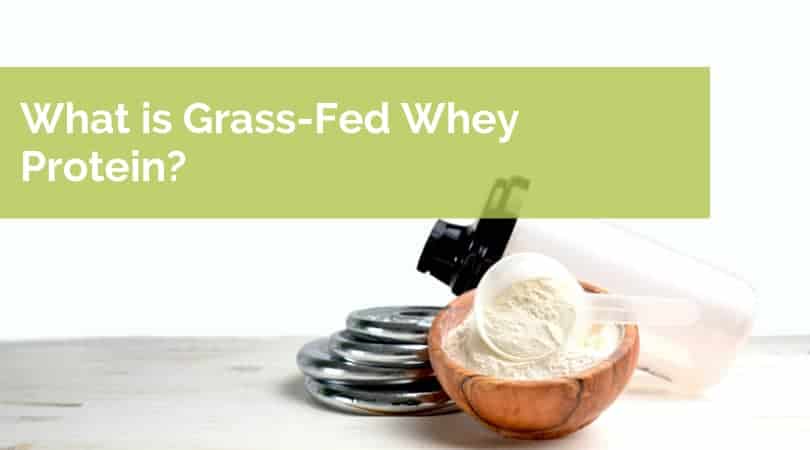
What is Grass-Fed Whey Protein?
Whey protein has some incredible research-backed benefits from increasing muscle mass to helping with weight loss. But there are many different types of whey protein powder on the market and they are not all created equal. The source of the whey protein strongly influences its quality and health benefits. Whey protein powder from grass fed cows stands a head above the other types. Healthy cows raised in their natural environment, means a healthier, more natural product for optimal well-being.
What is Grass-Fed Whey?
Whey is one of the two proteins found in cow’s milk. It is the liquid that remains when the milk solids are removed. This liquid is spray dried into a powder to create whey protein powder. The result is a powder that is rich in amino acids, bioactive proteins and is easily digested and absorbed.
Grass-fed whey comes from the milk of cows that are grass-fed. These cows are raised on pastures and allowed to graze year-round.
The USDA does not regulate the use of the term “grass fed”, but farmers are required to submit documentation of how the cows were raised to the Food Safety and Inspection Service to gain approval for the use of this term.
Raising cows in their natural environment changes the nutritional composition and the health benefits of the whey protein made from the milk.
Grass-Fed Protein Powder Benefits
There are many health benefits specific to whey protein powder from grass fed cows. Here are a few of the highlights:
1. Grass fed whey protein is more nutritious.
Milk from grass fed cows is higher in anti-inflammatory omega-3 fats, vitamin D, conjugated linoleic acid, and beta carotene.
2. Grass fed whey is higher in bioactive proteins.
A 2012 review found that whey protein from organic farms contained more lactoferrin, lactoglobulin, and lysozyme, compared to conventionally raised whey protein. These proteins have been found to help support healthy immune function.
3. Grass fed whey is less contaminated.
Conventionally raised animals are usually treated with more antibiotics and hormones. They may also be exposed to pesticides and other harmful chemicals. When an animal is grass fed, exposure to these harmful chemicals is reduced.
4. Grass fed whey is reduces exposure to GMOs.
Although cows and milk do not naturally contain GMOs, conventional feed given to animals is often genetically modified, particularly soy-based feed. A cow that is grass fed on natural pastures will be far less likely to consume GMO feed.
5. Happier cows.
Cows that are confined and unable to roam free can live stressful lives. They live in small spaces with many animals and limited fresh air. Although it is not possible to tell if a cow is “happy”, raising an animal in its natural environment outdoors does seem to translate to a healthier and calmer animal.
6. Better for the environment.
Cows that are allowed to feed on what is available naturally in their environment, help reduce carbon emissions. Feed does not have to be transported or packaged, they can eat what is available in their environment. Additionally, pasture raised cows support healthy soil by eating the grass and re-feeding the earth naturally, enhancing soil quality.
7. Peace of mind.
While the grass fed protein powder benefits are plentiful, the most important thing is your health. Using a grass fed, non-GMO whey protein ensures that you are getting the highest quality product available.
Choosing the Best Grass Fed Whey Protein
Now that you know all the potential health benefits of grass fed whey, how do you choose a whey protein product that’s right for you?
Start by carefully reading the label and product information to find out more about how the cows are raised. We also recommend making sure the product is non-GMO, hormone-treatment-free, and antibiotic-free. The label should contain a minimal amount of ingredients and no added sugar.
Once you have selected your ideal product, grass fed whey protein can be used in a variety of ways. Check out these three delicious protein shake recipes or our recipe section for protein bites and no-bake desserts.
References
- https://www.fsis.usda.gov/wps/wcm/connect/6fe3cd56-6809-4239-b7a2-bccb82a30588/RaisingClaims.pdf?MOD=AJPERES
- https://www.usda.gov/media/blog/2016/01/20/understanding-ams-withdrawal-two-voluntary-marketing-claim-standards
- Alothman M, Hogan SA, Hennessy D, et al. The “Grass-Fed” Milk Story: Understanding the Impact of Pasture Feeding on the Composition and Quality of Bovine Milk. Foods. 2019;8(8).
- Kuczyńska B, Puppel K, Gołebiewski M, Metera E, Sakowski T, Słoniewski K. Differences in whey protein content between cow’s milk collected in late pasture and early indoor feeding season from conventional and organic farms in Poland. J Sci Food Agric. 2012;92(14):2899-2904
- https://www.cdc.gov/drugresistance/about.html
- Persistent Tiredness and Chronic Fatigue: Causes and Symptoms - February 27, 2024
- Can A Protein Shake Replace A Breakfast Meal? - March 2, 2023
- Glutamine After Surgery: Does It Help With Recovery? - February 17, 2023

